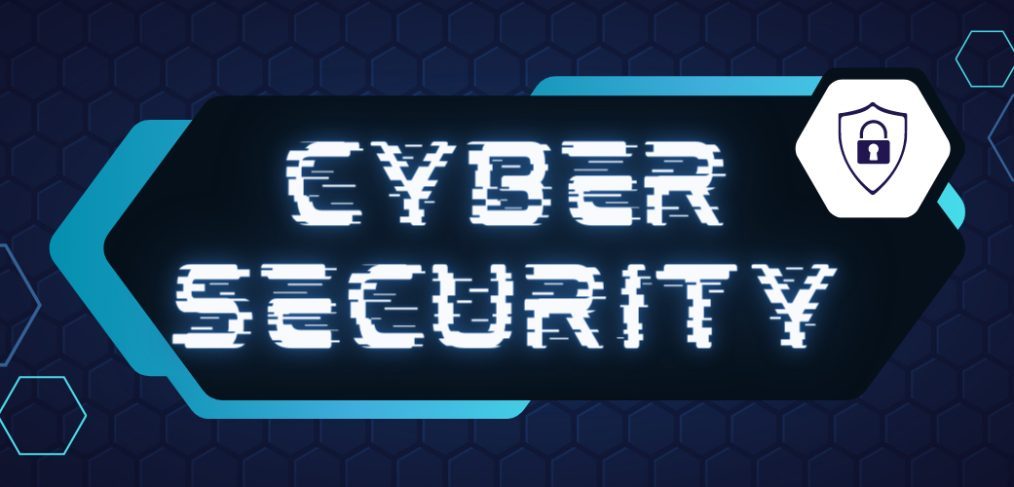Alessio Giudice, Italian teacher at Skyline High School, said there is nothing more Italian than making orecchiette pasta while watching Pope Leo XIV address the crowd on St. Peter Square in Rome. This is precisely what Giudice did with his junior class this past spring.
As students pinched the pasta into small ear shapes, and others stirred the sauce, the newly chosen and first American Pope appeared on television, a moment which Giudice called historical. The Vatican is located in the heart of Rome and what happens there is an intrinsic part of the culture of the city.
“We were not watching this because it’s religious,” said Giudice. “We watched it because we were experiencing a historical moment. This man, whether he wanted to or not, is going to be part of history from this moment.”

This is representative of the way Giudice teaches Italian. He helps his students master the language but also navigate the subtleties of the country’s culture and history.
“I try to adapt the curriculum to my teaching style and to share the valuable cultural knowledge I want to give the students,” he said.
Born in a small Tuscan town, Giudice studied archaeology in Italy but found jobs were scarce in that field. At his wife’s encouragement, he moved to Dallas in 2010 to pursue educational opportunities. Newly arrived and with limited English proficiency, Giudice enrolled in the ESOL program at Dallas College. His memories of the culture shock he went through the first months in Dallas—navigating public transportation, tipping, sales taxes, and such—are a reason why he feels strongly about including cultural aspects in his language lessons.
Once he mastered English, he obtained a master’s degree in world cultures and literatures at the University of Houston and began a doctoral program at The University of Texas at Austin, which he did not finish. After teaching classes there and other universities, Giudice realized that was not his calling.
However, teaching high school Italian in Wisconsin was a better experience, so when Dallas ISD called him to restart the Italian program at Skyline High School in 2016, he said yes.
“When I arrived at Skyline, the Italian program was inactive,” he said. “While Skyline has historically taught more languages than other Dallas ISD schools, Italian hadn’t been offered for several years.”
To revive it, Giudice built the curriculum progressively, starting with level one and expanding to level two, three, and eventually AP and dual credit courses. He sought support from the Italian consulate and the Italian Club of Dallas and even invested his own money in materials and resources.
“For eight years, I was the only Italian teacher in the district,” Giudice said.
For almost a decade now, Giudice has been working tirelessly to enrich the Italian program at Skyline. He started a chapter of the Italian National Honor Society, oversees the Italian Club, sponsors the World Language Cluster, and organizes trips to Italy and Greece.
He even encourages his class to participate in the Week of Italian Language in the World contest organized by the Italian consulate and Italian embassy. In 2022, Skyline placed top three in a scratch poetry contest involving 800 schools. The contest involved creating “scratch poetry” where students choose a book page, scratch out words, and leave meaningful words, creating an original poem.
“We went up against the 800 schools, and we were among the three victorious ones,” he said.
Last year, Skyline students created a video and competed at the state level in Houston, placing first, third, and eighth against other high schools, Giudice said.
He notes these contests are opportunities for students to engage with Italian culture and language beyond traditional classroom learning and sees them as a way to showcase his students’ talents and creativity.
Currently, he is also working to create a study abroad program that would allow Skyline students to spend time studying at Giudeci’s old high school—Liceo Scientifico Statale Galileo Galilei di Alessandria.

“I’m trying to launch a project that will take our seniors to Italy for a couple of weeks around spring break. They’ll have a fully immersive experience, living there and attending school,” he said.
The trips abroad already have yielded some of the cultural experience Giudice hoped for, he said. Students often become so enamored with the Italian language and culture that they consider moving to Italy for college. In fact, four students were accepted to the American University of Rome last year.
“My goal is to get them interested, to let them see the world and the real-life results. One day, they can just go, get lost in a small town, and use their skills to speak with the locals,” he said.
Giudice’s passion for cultural exchange, personal connection with students, and a desire to broaden their worldview is at the core of his teaching philosophy.
“Sometimes there are different ways to reach students,” he said. “The United States is a great nation, and they have a lot of opportunity, but the world is bigger than this. I want to teach them to look outside.”
But whether they decide to explore the world or remain local, Giudice treats his students like family, viewing the concept of strong personal connection as an essential part of Italian culture.
“I’ll start by saying this: I love Skyline. It’s become a home and a family to me,” he said. “After 10 years, I know almost everybody and have built great relationships. My legacy will be to bring cultural enrichment, not just for Italian students but to the Skyline spirit.”

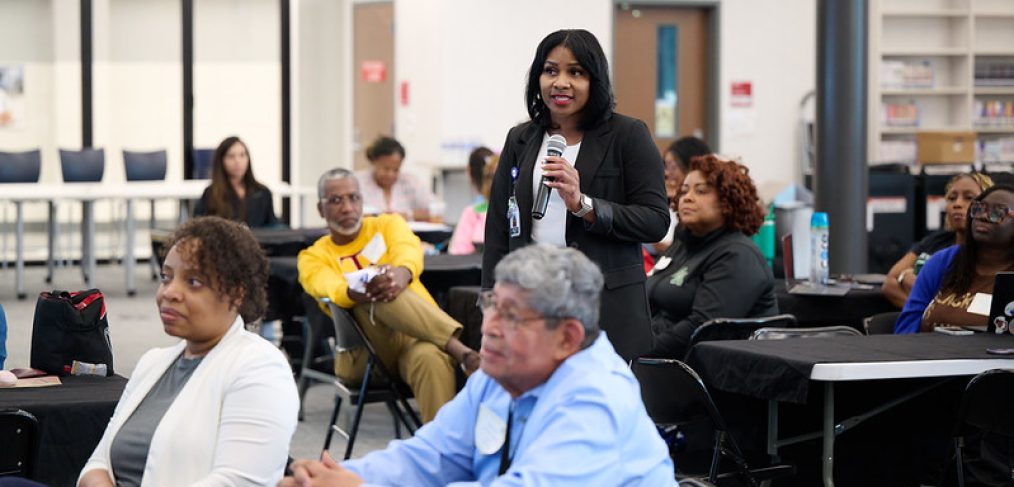
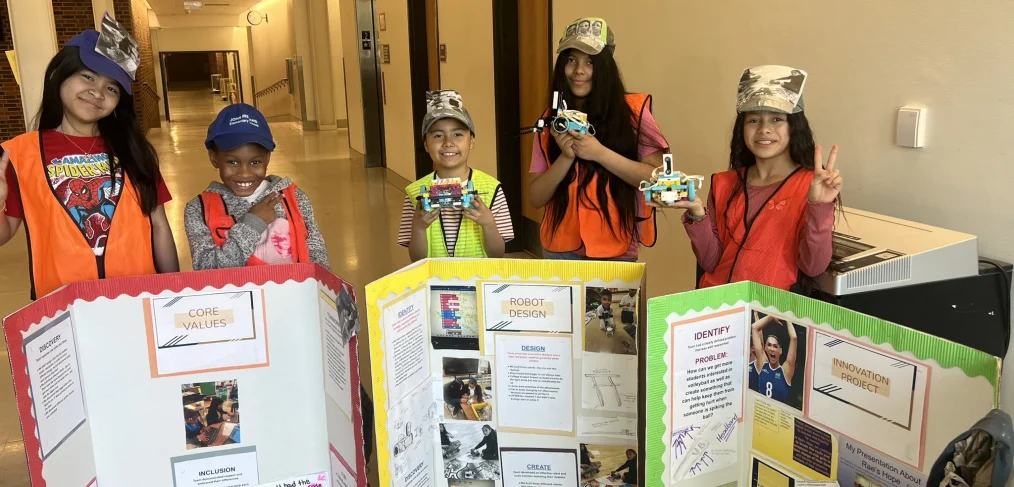
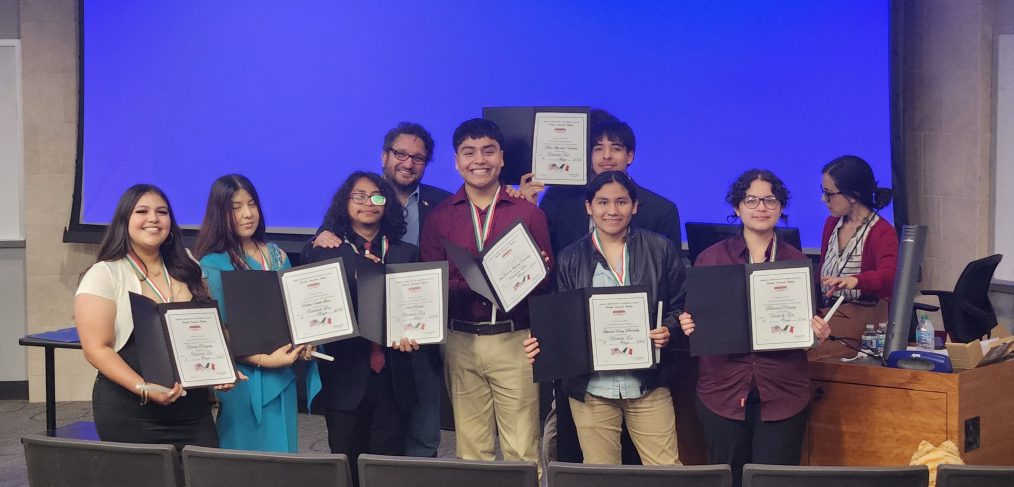

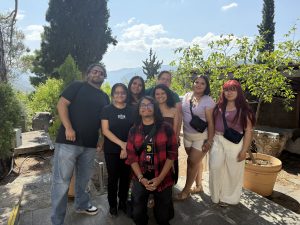
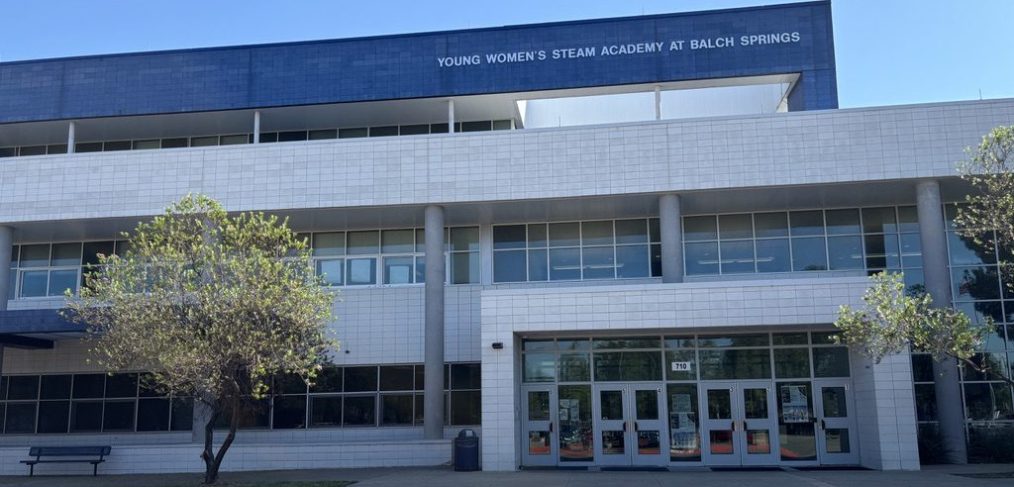
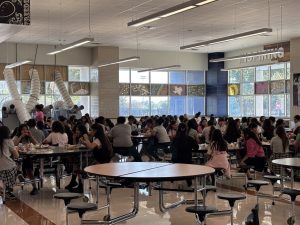

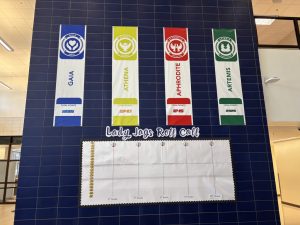
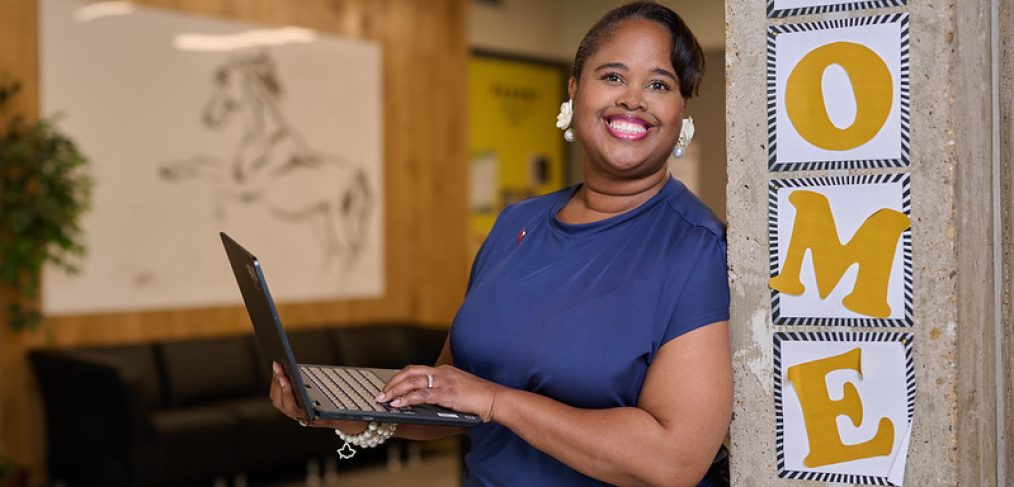
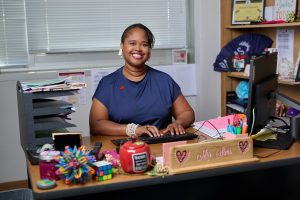 Being a middle school counselor can be a juggling act between providing social-emotional support and academic guidance to students at challenging ages, but Yolanda Sims, counselor at Piedmont G.L.O.B.A.L. Academy has mastered the task.
Being a middle school counselor can be a juggling act between providing social-emotional support and academic guidance to students at challenging ages, but Yolanda Sims, counselor at Piedmont G.L.O.B.A.L. Academy has mastered the task. safe person to talk to, students will often reveal they are having a hard time understanding but are too shy to say so in class. She’ll act as a buffer. Sometimes, there are external factors, and she will work with the school’s parent support specialist, Daniela Alaniz, to find resources.
safe person to talk to, students will often reveal they are having a hard time understanding but are too shy to say so in class. She’ll act as a buffer. Sometimes, there are external factors, and she will work with the school’s parent support specialist, Daniela Alaniz, to find resources.



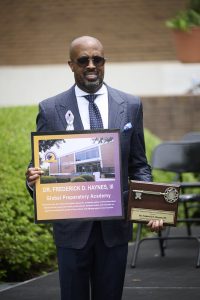 While academics are central to the student experience, the school emphasizes personal growth and character development. Through their leadership program, Haynes Global Prep prepares students to become emotionally intelligent decision makers who hold themselves and others accountable, she said. This signature program encourages students to model the character and values of the school’s namesake.
While academics are central to the student experience, the school emphasizes personal growth and character development. Through their leadership program, Haynes Global Prep prepares students to become emotionally intelligent decision makers who hold themselves and others accountable, she said. This signature program encourages students to model the character and values of the school’s namesake. 

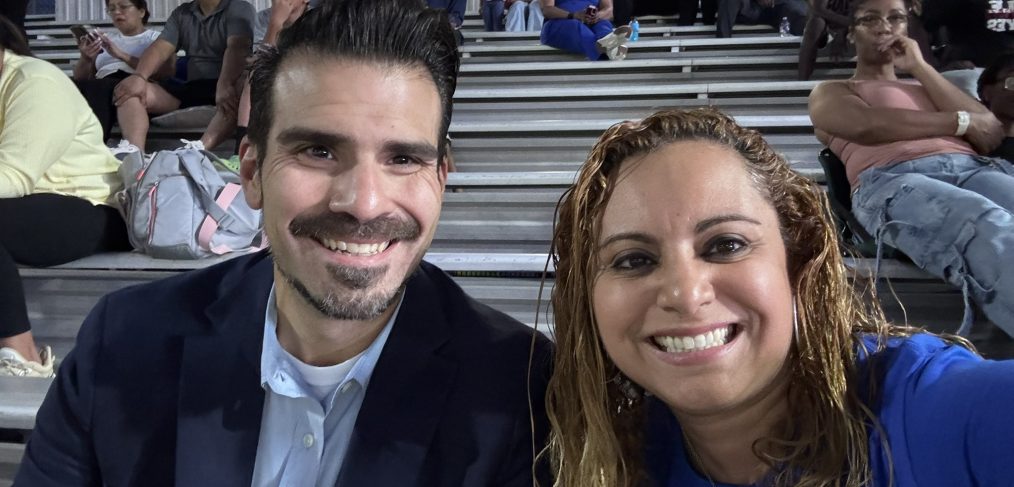
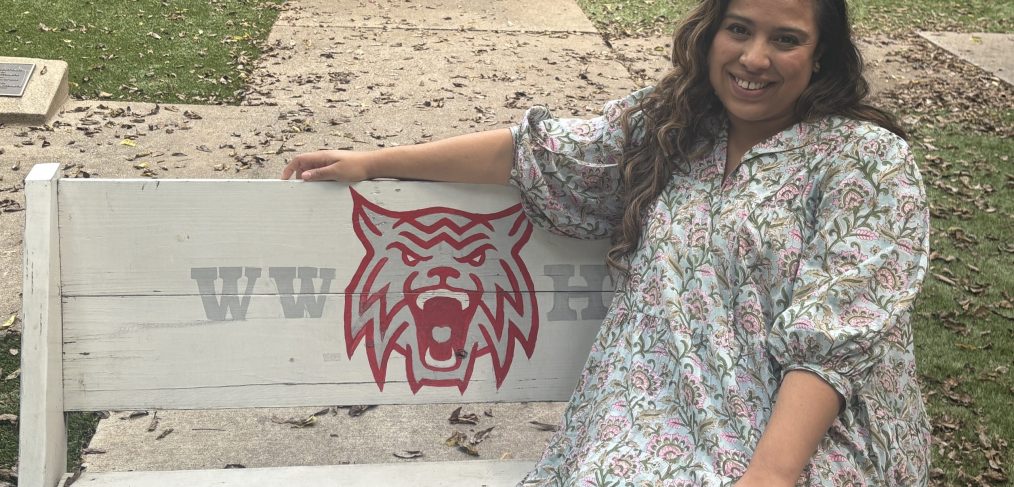
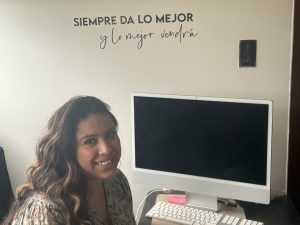 careers.
careers. After Long, Rodriguez moved to Woodrow as Advanced Placement coordinator. Last year, she was part of the team that managed the school’s P-TECH program and testing. She also worked with seniors enrolled in Texas College Bridge courses to make sure they were current in their classes, that they were taking college-rich courses, and that they were taking the necessary college exams. She also helped establish impactful partnerships that would help students find careers, helped them apply for scholarships and internships, and got them into summer programs.
After Long, Rodriguez moved to Woodrow as Advanced Placement coordinator. Last year, she was part of the team that managed the school’s P-TECH program and testing. She also worked with seniors enrolled in Texas College Bridge courses to make sure they were current in their classes, that they were taking college-rich courses, and that they were taking the necessary college exams. She also helped establish impactful partnerships that would help students find careers, helped them apply for scholarships and internships, and got them into summer programs.